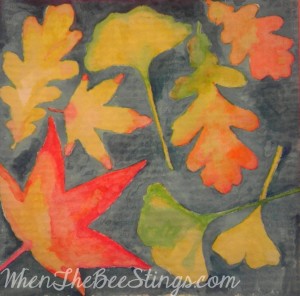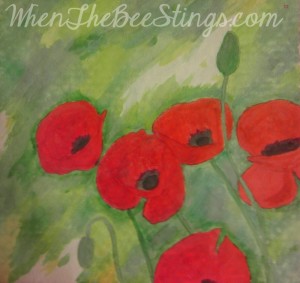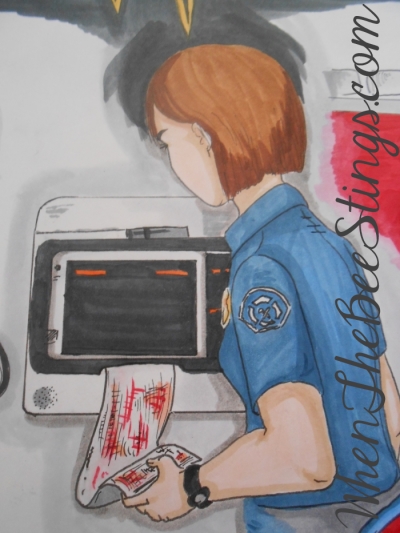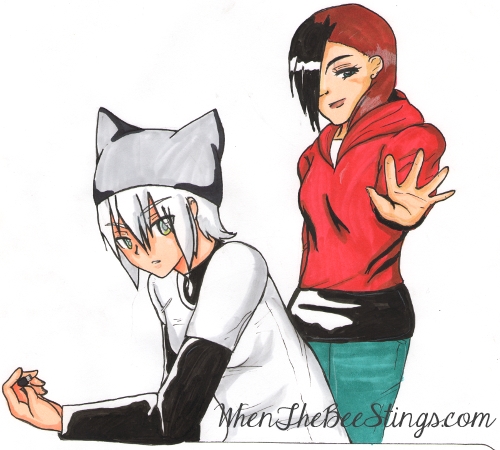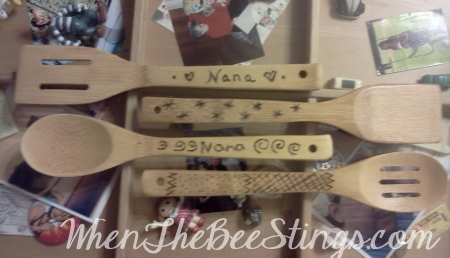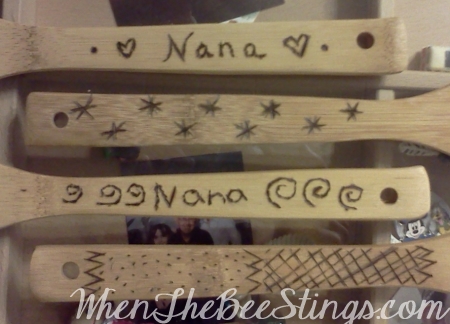As a solo librarian running a rural community library, you learn to make programs on a shoestring budget, sometimes out of literal shoestrings.
But I find some of these programs are the biggest hits, especially with teens.
Budget Teen Summer Reading Mega Hits have been:
Frisbee Golf:
Supplies: Frisbees/flying disks, check the summer party section or hit up local businesses, printed numbers, paper & pens to keep score with, outdoor space.
I have the teens place the numbers that dictate the “holes”. They can change them every round if they like. Look, we aren’t sticklers for Frisbee golf rules, but if your teens are so inclined, you could be.
Salvaged Book Art:
The sky is the limit here. I am positive every library has old musty books to retire, either from donations or discards.
Supplies:
Discarded books & magazines in an assortment of sizes, bindings & styles
Paint & brushes
Glue
Sponges
Tape, washi tape & Duct tape
Stencils
Glitter. Be brave. Get out the glitter. Teens can run a vacuum, you know.
Colored paper
Dollar store frames
Findings: Brads, adhesive Velcro, snaps, broach-style pins
I didn’t plan one specific craft for this program, but we’ve made journals, wallets & ornaments in the past. This time, I opened up Google images & showed the teens what other people have made. Then I cut them loose.
I heard a lot of “I dunnooooo, I’m not creative. I’m not an artist.” And then “My room’s going to look SO COOL!”
Library Game Days:
Supplies: Whatever games you have at home, whatever you can get your Friends group or district to stock the library with.
I do a retro video game station with the projector & either my personal NES, Sega & district’s Wii from 2008.
Snacks.
Most popular table-top games at my library are:
- Blokus (4 players)
- Sequence (2+ players)
- Munchkin (3-6 players) & Munckin Treasure Hunt for younger kids (2-6 players)
- Card game staples like Uno (2+ decks for more players) & a MUST HAVE: Flux, any & all varieties.
- A few that are a little morbid, like Exploding Kittens or Kittens in a Blender (you save kittens in this one).
- Steve Jackson Games Dice Games, inexpensive & a lot of fun. Also pop culture hits.
I was wedged into the corner to take this photo. Every available space in my little library was full for International Game Day, 2016. This is a really great program to get involved with, organized by ALA . You can receive free games & promotional materials. Every year, it brings new people into my library.
Actually, there’s a story about how successful that IGD was. My clerk started asking me if I wanted her to vacuum, and if I wanted us to leave together. I thought she was just being thorough. No. It was an hour past closing & I hadn’t made one motion to close up. Everyone was having such a joyous time that we all lost track of the clock. I suddenly blurted out, “We’re closed! An hour ago!” All hands were instantly on deck, cleaning & putting things away. Nobody had noticed or at least nobody wanted to alert the spacey librarian that it was time to go home. 😉 (Please ignore the prominent garbage can. Sometimes we need all the visual clues they can get.)
There are three of my most popular teen library program ideas for any budget. These got a LOT of bang for our buck.

